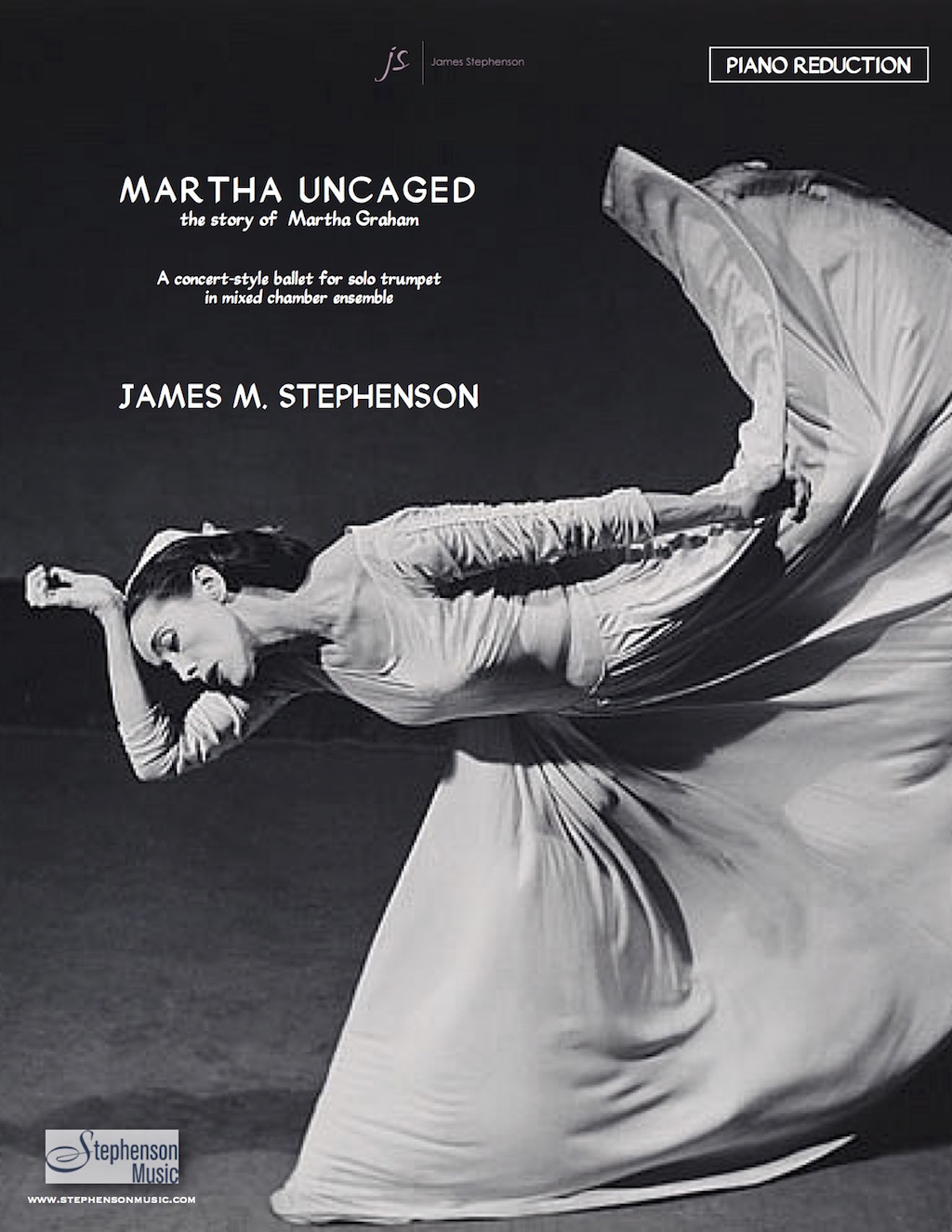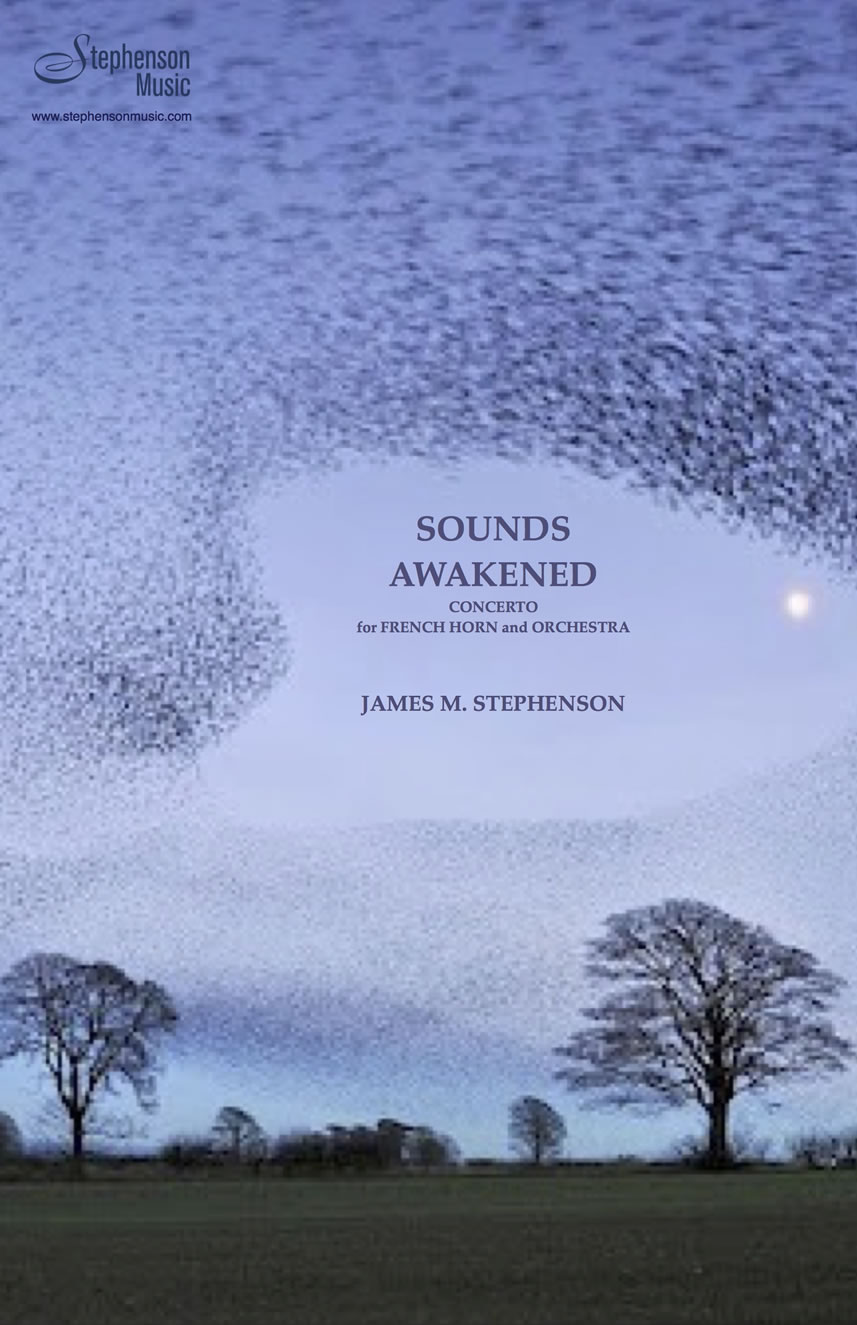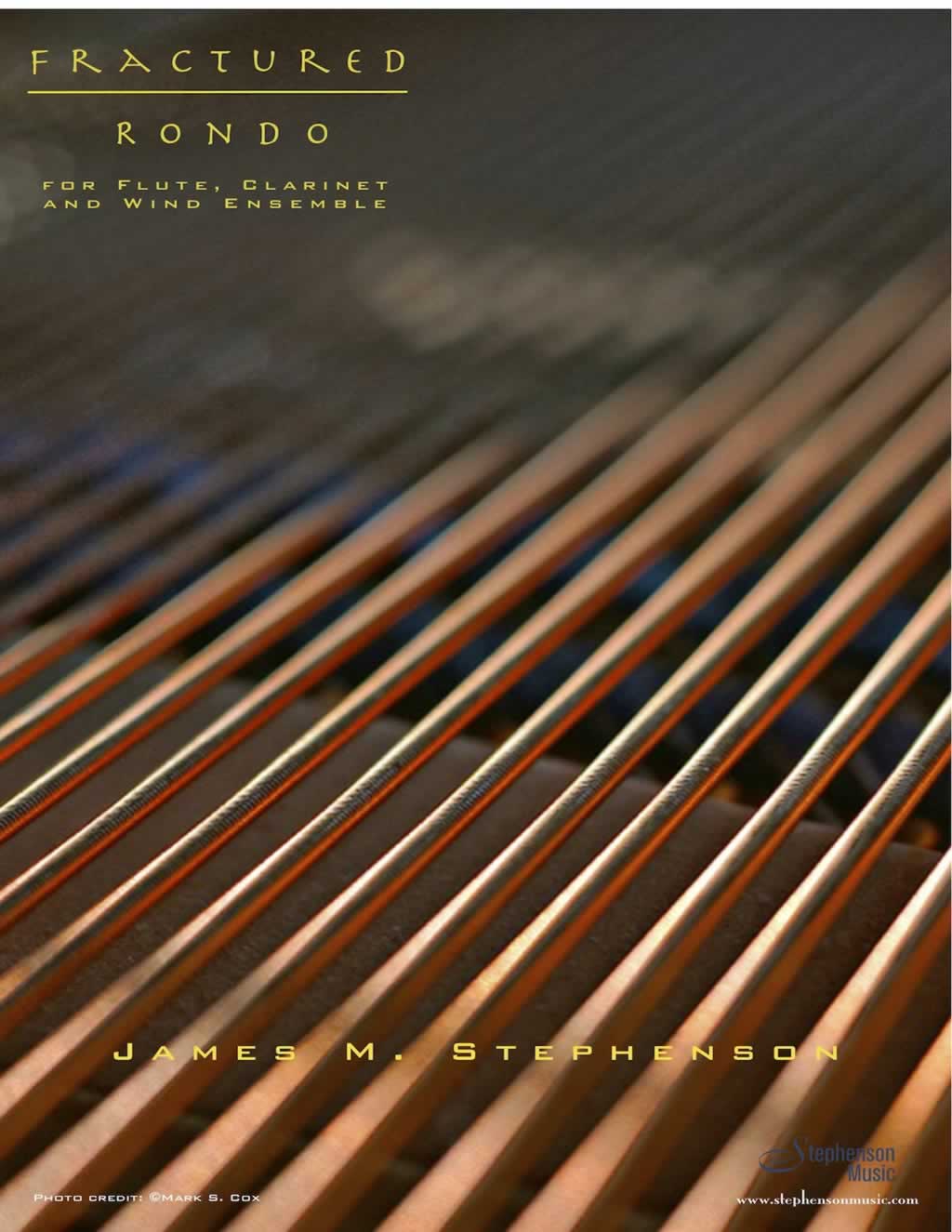Martha Uncaged
$30.00 – $300.00
17′
For solo trumpet and piano reduction
five movements:
I. Caged Lion
II. Denishawn – breakaway
III. Interlude: Louis Horst
IV. Interlude: Erick Hawkins
V. Finale – Gravity
(listen to all below)
For solo trumpet and chamber ensemble.
Solo trumpet + piccolo, flute, english horn, clarinet in A, alto sax, tenor sax, contrabassoon, trombone, 2 percussion, harp, piano, contrabass
[waveplayer ids=”18330,18331,18332,18333,18334″]
Description
Duration: 16-17 minutes Instrumentation:
SOLO Trumpet + piccolo, flute, English horn, clarinet in A, alto saxophone, tenor saxophone, contrabassoon, trombone 2 percussion, harp, piano, contrabass
I. Caged Lion II. Denishawn – breakaway III. Interlude: Louis Horst IV. Interlude: Erick Hawkins V. Finale – Gravity
NOTES:
“Caged Lion” – the 1st movement – describes how Martha Graham, as a young dancer in NY, was first inspired by watching a caged lion as it walked back and forth in its captivity. As she described it: “Imagine (the lion) as it paced, 1-2-3-4 turn, 1-2-3-4, turn, etc.” The mixed meter 9/8 (but scored 3/4 + 3/8) allows an extra eighth note on the final beat for the lion to turn. The 4-note “Martha motif” is introduced in the low flute, and is examined throughout the work. It grows and evolves in proportion to Martha’s life experiences.
“Denishawn – breakaway” – the 2nd movement – describes how Martha broke away from her first dance company to join a new and more exciting/forward-thinking troupe in LA. It is a tarantella, having a “breaking-free” spirit to it. A driving 18/8 section – heavy in the lowest instruments – represents Martha’s tenacity and inner fortitude.
“Interlude: Louis Horst” – the 3rd mvmt is the pas de deux of sorts, reflecting Martha’s love-affair with her music-accompanist/composer/pianist over the years. They never married. Musically it is meant to reflect the romantic improvasitory manner in which a rehearsal accompanist might play.
“Interlude: Erick Hawkins” – the 4th movement describes her brief marriage to the young dancer in her company. It is a modern setting of an older musical style (bourrée), and is short-lived, just like their relationship.
“Finale – Gravity” – the 5th movement sums up her new language of dance, which had the characteristics of gravity, barefoot dancing, and being distinctly American. Therefore, the weight of the almost-tribal music lands constantly on the main beat, reinforced by downward momentum and bass drum strokes. The “Martha motif” is eventually resolved with finality, giving the work a celebratory nature, as it reflects on the genius of a one-of-a-kind American icon of dance, Martha Graham.
Jim Stephenson, composer. November, 2014
“Martha Uncaged” can work in a musical concert performance setting, or danced as a ballet.
An interesting program would be to pair this with Copland’s “Appalachian Spring”, which was commissioned by Martha Graham.
This work would not have been possible were it not for the support of the following trumpet players:
James Ackley, lead consortium member
John Urness, Jack Sutte, Joe Foley, David Spencer, Vince DiMartino, Brian Evans, Alonso Armento Monarrez Frank Campos, Kevin Gebo, Chris Carillo, Bill Pfund, John Irish, Robert Murray, Brian Walker, Tim Hudson Kevin Eisensmit, Judith Saxton, Charles Saenz, Eric Yates, Bill Stowman, Rex Richardson, Eric Berlin Steve Burns, Will Koehler, Wiff Rudd, John Aley, Matthew Sonneborn, Alan Wenge, Paul Merkelo, Juan Fernando Avendaño Allan Siebert, Ward Yager, Brian Chin, Mark Harrison, Mary Bowden, Terry Sawchuk.
Additional information
| Duration | |
|---|---|
| Featured Instrument | Alto Saxophone, Clarinet, Contrabass, Contrabassoon, English Horn, Flute, Harp, Percussion, Piano, Piccolo, Tenor Saxophone, Trombone, Trumpet |
| Type of Purchase | |
| Type of Work | |
| Band Category | 5 |






